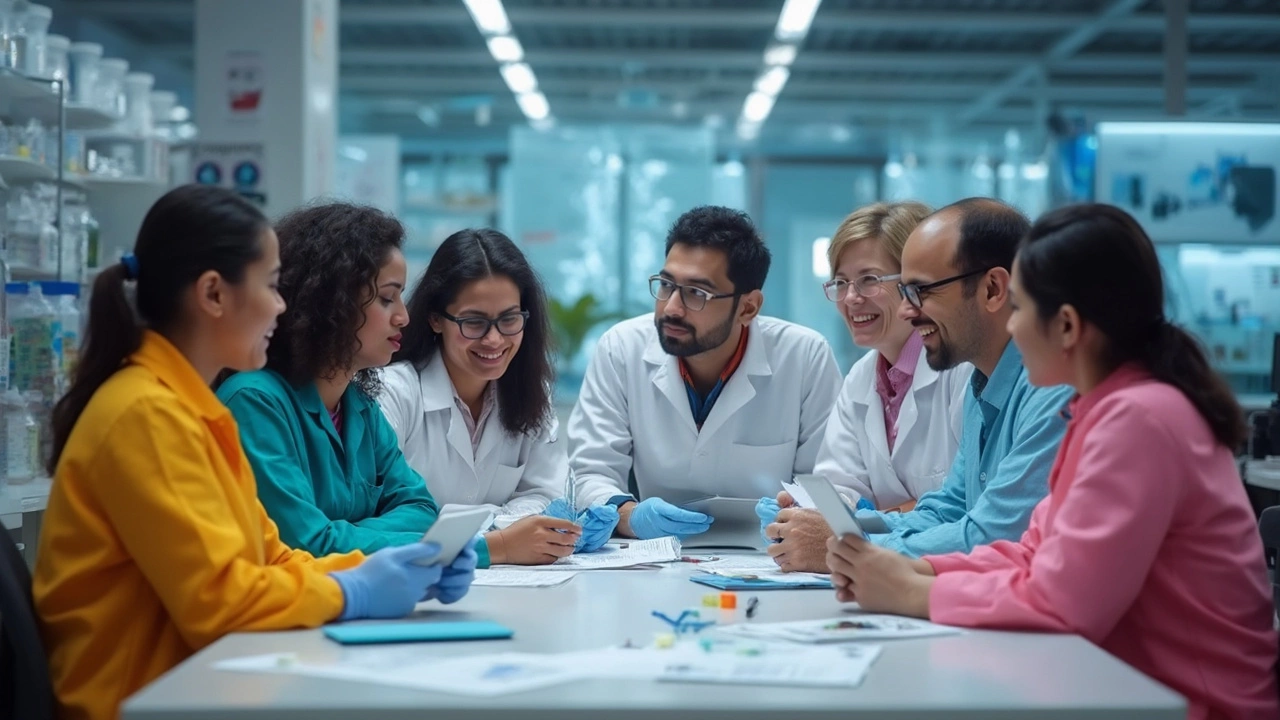Collaborative Teamwork in STEM: How Indian Researchers Work Together
When we talk about collaborative teamwork, the practice of people with different skills coming together to solve complex problems. Also known as team science, it’s not just about sharing tasks—it’s about combining perspectives so the whole becomes smarter than any single part. In India’s growing STEM ecosystem, this isn’t optional. It’s the engine behind everything from polio eradication campaigns to solar energy rollouts in rural villages.
Scientific collaboration, a structured form of collaborative teamwork where researchers pool knowledge across institutions happens in many ways. Some teams are small—two labs in Bangalore and Pune sharing data on gene editing. Others are massive, like the Indian Space Research Organisation working with universities, private firms, and international partners on satellite missions. You’ll find interdisciplinary collaboration, when experts from different fields—say, biologists and data scientists—join forces to tackle health challenges in public health programs that cut disease rates. And it’s not just about who’s in the room. It’s about who’s talking. Data scientists don’t just crunch numbers—they sit with nurses, farmers, and factory workers to understand what the numbers really mean.
What makes collaborative teamwork work in India? It’s not funding alone. It’s trust. It’s clear roles. It’s listening. A transfer agent doesn’t just file patents—they connect a university researcher with a local startup that knows how to build a product people will actually use. A public health program succeeds not because of a fancy new drug, but because community health workers, engineers designing clean water systems, and policymakers all speak the same language. Even the simplest AI tools—rule-based systems that follow fixed logic—only work when the people building them understand the real problems on the ground.
You won’t find breakthroughs here that happened in isolation. Every major innovation in India’s STEM space—whether it’s cheaper solar panels, CRISPR-based therapies, or AI-driven disease tracking—was built by teams. Not just because it’s trendy. Because complex problems demand diverse minds. The posts below show you how this works in practice: who teams up, where the friction happens, and what actually makes collaboration stick. No theory. No fluff. Just real examples from labs, villages, and tech hubs across India.




